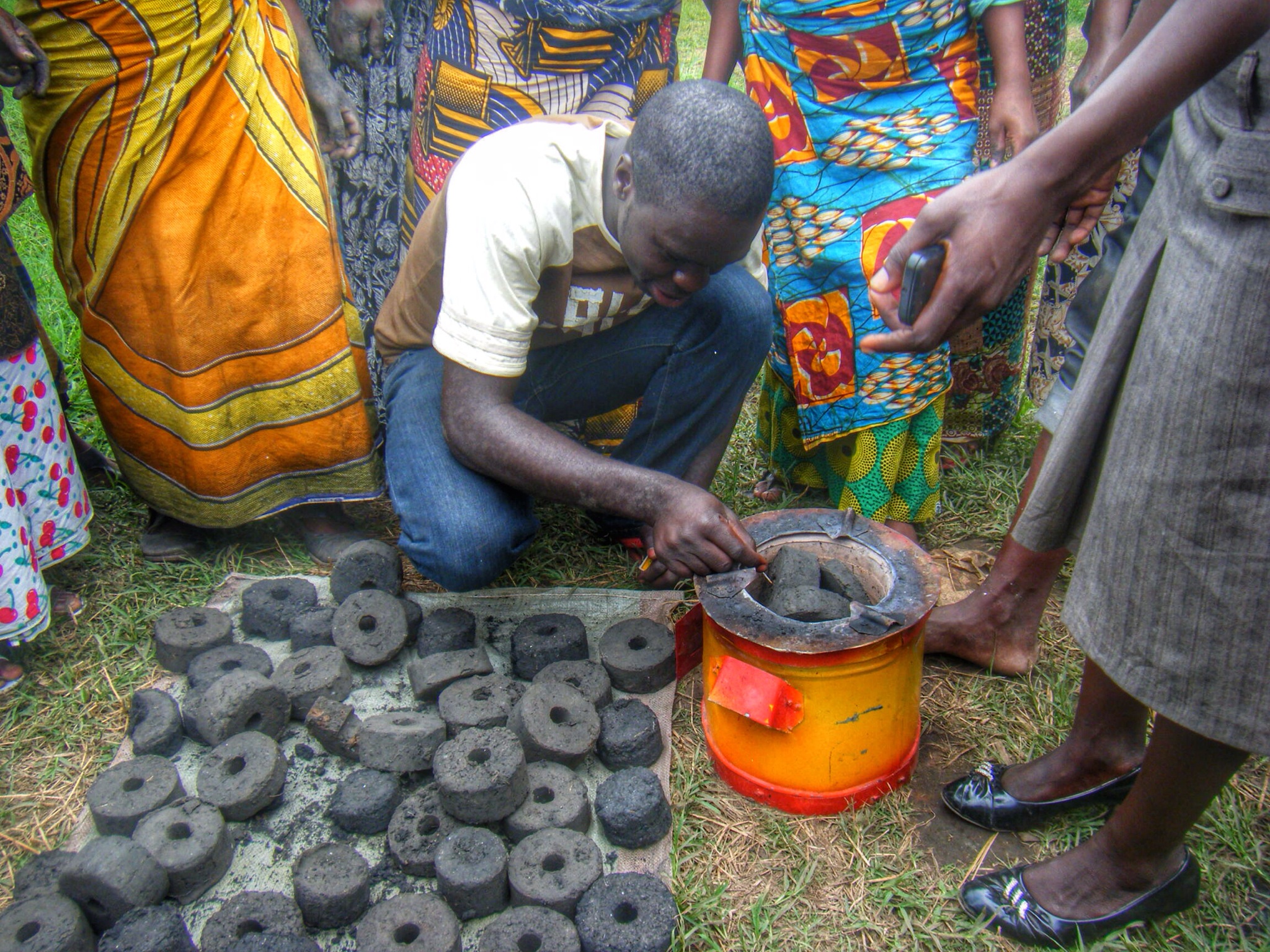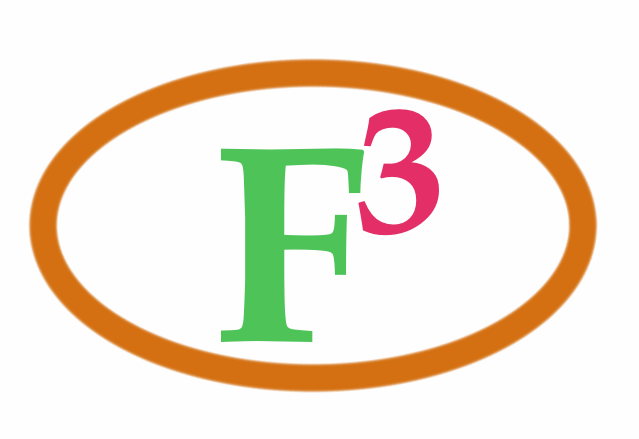No sign of our stolen goods turning up so we threw ourselves into helping to complete the build of the new Amaha We Uganda (AWU) community library in Kasese.
We’ve got a new team of lads making AWU Fuel Briquettes who will be based in the library yard. To promote the project we’ve been training the team and writing & distributing literature to local school teachers, Government officials, church & community leaders.
The Fuel Briquettes are designed to replace firewood and wood-charcoal. They’re made from a mixture of charcoal dust (made from maize cobs, sugarcane waste or coffee husks), mixed with pulped paper and bound in a mulch with cassava porridge. The mulch is then compressed in a timber press / piston kit, formed into ‘donut’ shapes and then dried for a week or so.

Once dry, the briquettes are burnt instead of wood-charcoal or firewood. If we can get 3,000 customers to use them it will save in the region of 17,000 trees from being cut each year.

Equally importantly the briquettes are about 20% more efficient than wood charcoal (55% more than firewood), cheaper than both (pound for pound), produce about 15% more heat and, being virtually smoke free, give off only a fraction of the carcinogenic fumes of other fuels.
Over 1.8 million women & children die every year in Africa from poor health due to fire smoke.
We’ve called the briquette product ‘Fuel From the Fields’ since the majority of it’s components are salvaged Biomass waste.

In itself that started another project: how to make the charcoal we needed (it defeats the objective if we use waste wood-charcoal).
Thanks to MIT in the USA for their advice on this.
We bought an oil drum and had it adapted into a simple charcoal kiln.

We scrounged some waste maize cobs from local farmers and loaded the drum with layers of dried leaves and cobs.

A small fire was set under the drum in order to burn through the holes in the base.

A lot of smoke is produced through the ‘chimney’ created in the centre of the drum.

After about 50 minutes of slow burning the smoke turns very yellow. This is the point at which the water vapour being given off by the smouldering cobs is exhausted and toxic gasses are produced (the same ones that would be inhaled normally by women cooking with firewood).
At this point the gasses are lit with a torch at the top of the barrel to destroy them rather than pump them into the atmosphere.

Although the gasses are burning, none of the material in the barrel is actually on fire – most important.
After a further 10 minutes the barrel is sealed by dropping it of the brick stand, covering the base with soil, putting on the lid and also covering it with soil.
The point of this is to starve the fire of oxygen. If the fire is left too long, all that the barrel will contain is ash. The maize cobs are then pyrolized ie the barrel then ‘cooks’ the cobs without oxygen or flame for 3-5 hours.
The result is about 30% of the volume of the barrel turns to charcoal (or at least it did after our first 3 pretty unsuccessful experiments).

Charcoal based cooking fuel from biomass waste – Fuel From the Fields.
Neat.
Next up we’ll be building drying racks for the briquettes, a shelter for the boys to work, clearing the yard and painting the library.



